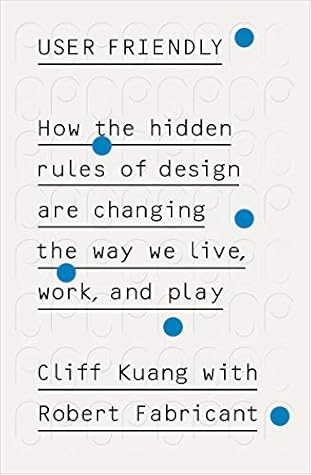More on this book
Community
Kindle Notes & Highlights
by
Cliff Kuang
Read between
December 22, 2019 - March 26, 2020
Hegelian dialectic—the idea that society creates a thesis that’s met with a reaction, then an antithesis that amends that prior paradigm, and finally a synthesis, which resolves the tension between the two.
the Like button couldn’t have been designed anywhere but America, where so much of your personal identity is tied up in what you do.
Tibbets wants to turn companies into mere verbs in a sentence that people write for themselves.
the best designs “dissolve into behavior” so that they become invisible rather than stand out for their artistry. In
Once you identify an interesting group of people to learn from, you have to meet them on their own terms.
“The critical component is to not just notice what people are doing, but to really try to understand what’s driving it,”
The world is not chaotic or random, even if it appears that way at first. People’s behavior and choices follow certain patterns and routes that do not always appear logical when you first encounter them. But if you tune in to their patterns and truly walk in their shoes, you can get at the hidden truths that drive their daily routines, whether they live in Pensacola, Florida, or Kigali, Rwanda.
The key is to consider users who have an outsized or pronounced need that would require them to develop behaviors outside the norm.
Mental models live below the surface. Users generally have neither the self-awareness nor the language to articulate their deeper, conceptual understanding of how a product or service works.
uncompleted tasks are easier to remember than successful ones,
Designers are often surprised by how much user satisfaction is driven by the emotional rather than functional benefits of an experience.
“the behavior you are seeing is the behavior you designed for.”


